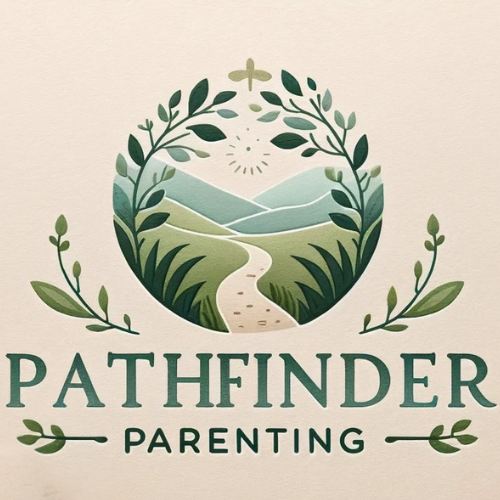ADHD, dyslexia, and autism are just a few examples of learning disabilities that many individuals face. In this blog post, we will probe into the world of learning disabilities to help you grasp the intricacies of each condition. By gaining a deeper understanding of the unique challenges that come with these disabilities, you will be better equipped to offer support and empathy to those around you who may be struggling. Let’s explore the diverse landscape of learning disabilities together.
Key Takeaways:
- Learning Disabilities Vary: There are several types of learning disabilities, each with unique characteristics and impacts on individuals.
- Early Identification and Intervention: Early detection and intervention can greatly improve outcomes for individuals with learning disabilities.
- Individualized Support: Providing personalized support and accommodations is vital for helping individuals with learning disabilities succeed in their academic and personal lives.
Defining Learning Disabilities
What are Learning Disabilities?
The concept of learning disabilities refers to a range of disorders that affect your ability to process, retain, or communicate information. These disabilities can impact your skills in reading, writing, math, and reasoning, making it challenging to perform certain tasks in school, work, or daily life.
Common Misconceptions
Learning disabilities are often misunderstood, with some assuming that it’s a lack of intelligence or laziness. However, this is far from the truth. These disabilities are neurological conditions that affect how your brain processes information, and they are not indicative of your overall intelligence or work ethic.
Common misconceptions can lead to stigma and discrimination, preventing individuals from receiving the support and accommodations they need to thrive. It’s important to educate yourself and others to break down these misconceptions and promote understanding and inclusivity.
Types of Learning Disabilities
Now let’s probe into the various types of learning disabilities that individuals may experience. Understanding the specific challenges associated with each type can help you better support those who may be struggling. Perceiving the unique characteristics of each learning disability is crucial for effective intervention and accommodation strategies.
| Dyslexia | Reading and Language Challenges |
| Dyscalculia | Math and Number Processing Difficulties |
| ADHD | Attention Difficulties |
| Dysgraphia | Writing Difficulties |
| Visual Processing Disorder | Difficulty interpreting visual information |
Dyslexia: Reading and Language Challenges
Learning about dyslexia involves understanding the difficulties individuals face in reading and language processing. These challenges can impact comprehension, spelling, and fluency when it comes to written language.
Dyscalculia: Math and Number Processing Difficulties
To grasp the concept of dyscalculia, you need to recognize the struggles individuals face in processing numbers and mathematical concepts. Tasks such as arithmetic, understanding time, and sequencing can be particularly challenging for those with dyscalculia.
Causes and Diagnosis
Genetic and Environmental Factors
Many learning disabilities are believed to have both genetic and environmental factors influencing their development. Genetic predispositions can make individuals more susceptible to certain learning disabilities, while environmental factors such as exposure to toxins or prenatal care can also play a role.
- Genetic predispositions can make you more susceptible to learning disabilities.
- Environmental factors like prenatal care can also influence the development of learning disabilities.
- It is vital to consider both genetic and environmental factors when understanding the causes of learning disabilities.
Though the exact interplay between genes and the environment is complex and not yet fully understood, researchers continue to study how these factors contribute to the development of learning disabilities.
Identifying Learning Disabilities in Children and Adults
Any individual, regardless of age, can have a learning disability. Genetic factors can contribute to the development of learning disabilities in children while environmental factors can impact adults. It is crucial to recognize the signs and seek professional evaluation if you suspect you or your child may have a learning disability.
It is important to note that learning disabilities do not indicate a lack of intelligence but rather a difference in how the brain processes information. By identifying and addressing these challenges, individuals can learn strategies to better navigate the world around them.
Strategies for Success
Accommodations and Modifications
With accommodations and modifications, you can excel in your learning despite the challenges posed by a learning disability. These adjustments can include extra time on tests, preferential seating, or access to assistive technology to help you better process information and demonstrate your knowledge.
Building Strengths and Confidence
Modifications in your learning environment can help build your strengths and confidence. By focusing on your abilities and unique ways of learning, you can cultivate a positive self-image and approach challenges with a growth mindset. Celebrate your successes and progress along the way!
Another effective strategy for success is to seek support from your teachers, peers, and family members. Surround yourself with individuals who understand and encourage your learning journey, providing the necessary guidance and motivation to overcome obstacles and reach your full potential.
Conclusion
So, by understanding different learning disabilities, you can better support individuals who may face challenges in their academic or professional pursuits. Educating yourself on these conditions and the resources available can help create a more inclusive and accommodating environment for everyone to thrive.

